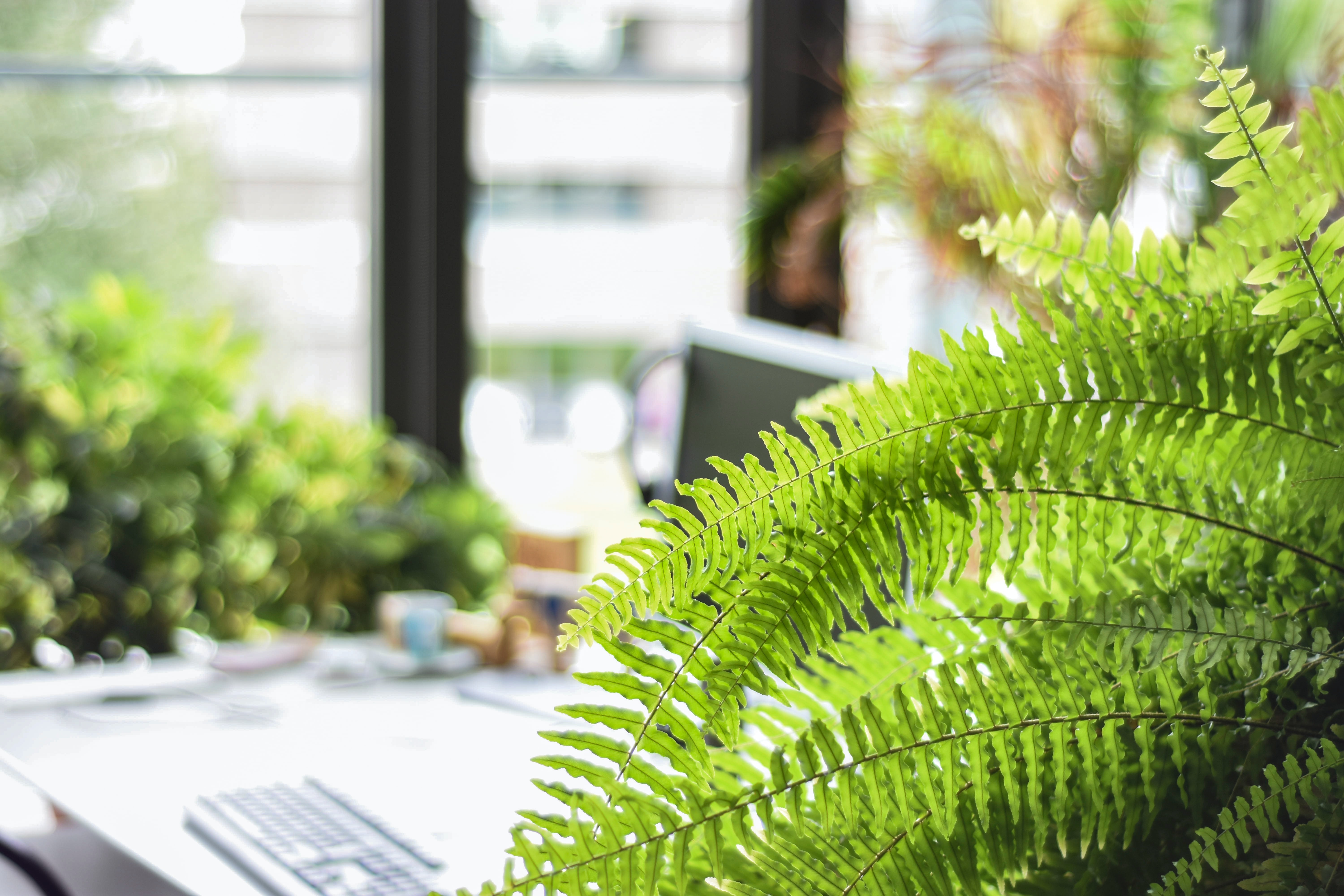Plants help keep your home cool in the heat. Plants collect carbon dioxide from the atmosphere through the pores of their leaves, known as stomata, which they utilise for photosynthesis. The water is then released through the same pores. The process is known as evapotranspiration, and it cools the plant in the same way as transpiration cools humans. It also aids in lowering the temperature of the surrounding surroundings.
Day News compiled a list of plant alternatives that may both renew your surroundings and adorn your home.
1. Aloe vera
The aloe vera or aloe vera plant, known for its cosmetic and medical uses, is ideal for refreshing the environment of your house since it can control the temperature.
Maintaining an aloe vera plant is straightforward because it is a low-maintenance plant. Water it only when the soil appears dry or cracked, and no more than once a month in the winter. It necessitates a lot of light, thus it is critical that you position it in a location where it will receive the maximum sunlight, such as near a window.
2. Pothos
This vine can regulate temperature and eliminate interior contaminants including formaldehyde, xylene, and benzene.
As an indoor plant, it may grow to be several metres tall if properly supported. The best results are obtained by exposing it to mild indirect light. It can withstand bright light, but lengthy periods of direct sunlight scorch the leaves. In general, water only when the soil seems dry to the touch.
3. Weeping fig
The ficus is one of the few trees that grows well indoors and helps to keep the air wet and fresh. It also eliminates typical pollutants from the home’s air. This tree thrives in bright, sunny circumstances. It requires only enough water to keep it from drying out in the summer and just enough to keep it from drying out in the winter.
5. Peace lilly
The spathiphyllum, often known as the peace lily, is a plant that can absorb excess moisture and therefore regulate the temperature. Place it in a warm, shady location away from direct sunshine to allow it to develop optimally. To keep the soil wet, irrigate it with distilled or rain water. You may fill a sprayer with water and water it once a day.
6. Boston fern
It’s a famous houseplant that’s typically cultivated in hanging baskets or similar containers. It has the ability to absorb formaldehyde, xylene, and toluene from the air. Although the fern loves partial to full shade outside, it does not thrive in shadow indoors and prefers strong filtered light. It requires a lot of water, good soil, and a lot of room to thrive.
7. Aglaonema
It is a low to medium light plant that requires little maintenance. It typically grows less than half a metre and aids in the removal of hazardous pollutants from home air. At the same time, it humidifies and cools the environment. This plant has numerous leaf variations; if you want to chill the atmosphere, select one with luxuriant leaves. It is essential to keep in mind that its leaves contain an irritant that can be harmful to dogs.
8. Areca palma
It is one of the plants with the greatest air purifying power since it significantly reduces formaldehyde and benzene levels in the atmosphere. It requires shade or partial shade to thrive. The plant tends to wilt if it does not receive enough light.
A two-meter-high plant seeps one litre of water via its leaves every 24 hours, so it does want some attention. The root ball (the soil that surrounds the roots) should constantly be maintained wet, but not soggy.
